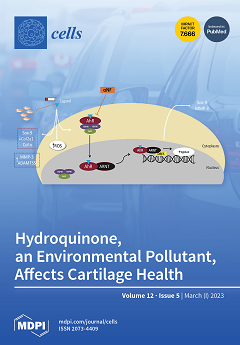Oxidative stress is proposed in the literature as an important player in the development of CHF and correlates with left ventricle (LV) dysfunction and hypertrophy in the failing heart. In this study, we aimed to verify if the serum oxidative stress markers differ in chronic heart failure (CHF) patients’ groups depending on the LV geometry and function. Patients were stratified into two groups according to left ventricular ejection fraction (LVEF) values: HFrEF (<40% (
n = 27)) and HFpEF (≥40% (
n = 33)). Additionally, patients were stratified into four groups according to LV geometry: NG–normal left ventricle geometry (
n = 7), CR–concentric remodeling (
n = 14), cLVH–concentric LV hypertrophy (
n = 16), and eLVF–eccentric LV hypertrophy (
n = 23). We measured protein (protein carbonyl (PC), nitrotyrosine (NT-Tyr), dityrosine), lipid (malondialdehyde (MDA), oxidizes (HDL) oxidation and antioxidant (catalase activity, total plasma antioxidant capacity (TAC) markers in serum. Transthoracic echocardiogram analysis and lipidogram were also performed. We found that oxidative (NT-Tyr, dityrosine, PC, MDA, oxHDL) and antioxidative (TAC, catalase) stress marker levels did not differ between the groups according to LVEF or LV geometry. NT-Tyr correlated with PC (
rs = 0.482,
p = 0.000098), and oxHDL (
rs = 0.278,
p = 0.0314). MDA correlated with total (
rs = 0.337,
p = 0.008), LDL (
rs = 0.295,
p = 0.022) and non-HDL (
rs = 0.301,
p = 0.019) cholesterol. NT-Tyr negatively correlated with HDL cholesterol (
rs = -0.285,
p = 0.027). LV parameters did not correlate with oxidative/antioxidative stress markers. Significant negative correlations were found between the end-diastolic volume of the LV and the end-systolic volume of the LV and HDL-cholesterol (
rs = –0.935,
p < 0.0001;
rs = –0.906,
p < 0.0001, respectively). Significant positive correlations between both the thickness of the interventricular septum and the thickness of the LV wall and the levels of triacylglycerol in serum (
rs = 0.346,
p = 0.007;
rs = 0.329,
p = 0.010, respectively) were found. In conclusions, we did not find a difference in serum concentrations of both oxidant (NT-Tyr, PC, MDA) and antioxidant (TAC and catalase) concentrations in CHF patients’ groups according to LV function and geometry was found. The geometry of the LV could be related to lipid metabolism in CHF patients, and no correlation between oxidative/antioxidant and LV markers in CHF patients was found.
Full article






